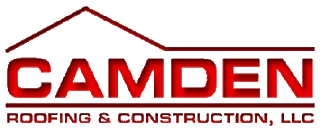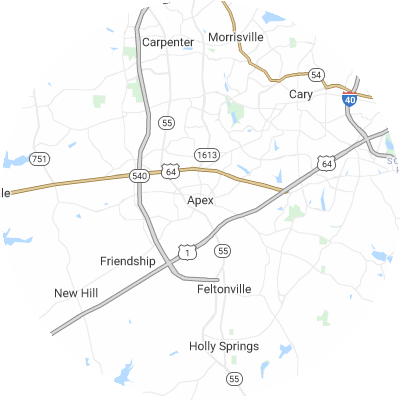Signs You May Need Gutter Guards
Gutter guards aren’t always necessary, but indicators of blocked and overflowing gutters are clear. Signals of chronic gutter issues include:
- Frequent clogs that cause overflow and water to spill over gutters
- Soggy ground or visible erosion patterns around your foundation
- Visibly saggy, damaged, or misaligned gutters that no longer correctly direct rainwater
- Mold growth, peeling exterior paint, or interior water stains on walls near gutters.
- Leaky seams or joints where water leaks out of gutters
How To Choose a Gutter Guard Installer
Assess Their Experience
Companies with extensive gutter guard installation experience that have handled various styles and models will know how to measure accurately and fit guards to your home’s unique dimensions. Reach out to these companies to get details regarding their experience and ask for local references.
Verify Proper Licensing and Insurance
Confirm that the companies you're considering have valid licensing, bonds, general liability insurance, and workers compensation coverage. This shields you in case of injuries or accidents that could arise. Ask potential providers for current licensing and insurance papers.
Choose Reputable Brands
Look for companies that offer highly reputable gutter guard brands like LeafFilter and Gutter Helmet. Avoid companies that only install generic no-name guards or their own off-brands, which may not have gone through the same level of rigorous testing.
Seek Custom Fit Services
For ideal performance, gutter guards need to be custom-fitted to match your specific gutter setup. Pick a company that custom measures and trims guards specifically for your home, rather than using generic guards. Properly fitted guards will leave no gaps for debris to get stuck.
Examine Warranties
Leading gutter guard companies often offer 20-year or lifetime warranties covering leaks, clogs, rust, and other issues. When selecting a company, read through the warranty details for both materials and workmanship guarantees. Warranties give you the most effective protection for your gutter investment.
Check Reviews and Referrals
Be sure to check online reviews on Yelp, the Better Business Bureau (BBB), Google Reviews, and other review sites to read about customer experiences. Ask neighbors for recommendations of quality local gutter guard companies. When researching providers, we'd recommend opting for companies with consistent positive feedback instead of just one or two reviews.
Types of Gutter Guards
There are six typical gutter guard types. These include the following:
- Brush guards are made of large brush bristles that partially obstruct your gutters, blocking debris while allowing water to pass through. On average, you can expect to pay $4.04 per linear foot for brush guards.
- Foam guards are lightweight and easy to install. The foam collects debris and keeps it out of your gutter. On average, you can expect to pay $2.46 per linear foot for foam guards.
- Screen guards have large holes that allow water through while keeping out debris. On average, you can expect to spend $4.25 per linear foot for screen guards.
- Mesh guards stop debris but let water through. Mesh guards have even smaller holes than screen guards. They're durable and encourage debris to slide off rather than sitting on top of the gutters. Mesh guards cost around $4.03 per linear foot.
- Micro-mesh guards are normally the most effective. They have smaller holes than standard mesh guards and allow even less debris through. On average, you can expect to spend $5.11 per linear foot for micro-mesh guards.
- Surface tension guards, sometimes called reverse curve guards, use surface tension to allow debris to slide off while water flows through into the gutter. They can usually be seen from the ground. Surface tension guards cost roughly $3.13 per linear foot.













